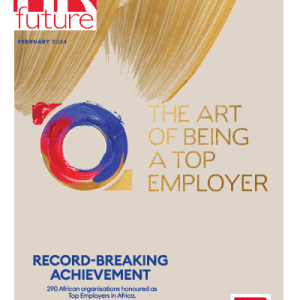If there was one event that turned modern life as we knew it on its head, it had to be the COVID-19 Pandemic.
The coronavirus impacted countless aspects of our lives, from healthcare and education, to exercise and social interaction, even radically shaping the way we work. It’s hard to believe that just a mere five years ago, working remotely was an option reserved for a select (and very lucky) few – today, numerous companies offer this flexibility to attract and retain talent.
WFH is now a term that rolls easily off the tongue, and as many HR professionals will know, it’s not unusual for modern businesses to follow hybrid working models where time at the office is seamlessly integrated with work-from-home days.
The status quo has definitely shifted in the world of work, but just how much has corporate medical aid changed to keep up with this new era?
Preserving health comes at a cost
COVID-19 also served as a rude awekening that health is our most precious gift, clearly emphasising the value of having good medical aid cover in place.
Unfortunately, whilst most people understand the importance of solid medical aid cover especially in a post-COVID world, due to various reasons such as medical inflation and the steep costs of developing new treatments and medications, medical aid as we’ve always known it often comes with a hefty price tag that the average Joe simply can’t afford.
The old-fashioned medical aid model based on a one-size-fits-all approach has basically rendered medical aid cover unaffordable – even for businesses offering it as an employee benefit.
Choose corporate medical aid that values customisation
Amongst all the issues with conventional medical aid, a distinct lack of customisation is probably the biggest. And while every medical scheme might claim that their options are customised, they aren’t really to a degree where it can make a tangible difference to members’ pockets.
But it’s not all doom and post-apocolyptic-like gloom: If you choose a medical aid provider for your employees that prioritises true customisation according to their unique needs and preferences, they will have more control over their medical aid costs which will in turn keep your corporate medical aid budget from bursting at the seams.
Choice really is the foundation of value and affordability. The more choice your employees have in structuring their medical aid options, the more relevant it becomes to their unique needs and budget.
So, when deciding on medical aid cover for your staff complement, ask whether a potential provider:
- Lets your employees choose the level of their hospital cover based on their exact life stage and family structure – but with the option to upgrade their cover any time of the year should their health needs change?
- Gives your employees the option to choose how much day-to-day savings they actually need and a payment structure for those savings that actually suits them?
- Allows your employees to pay less if they have a smaller chance of needing planned hospital procedures?
- Allows your employees to pay less by a choosing a network option but without compromising any of their benefits?
Medical aid affordability is NOT about slashing benefits to reduce cost, but about allowing your employees to customise how their options and contributions are structured so they can still enjoy the benefits they want, at a rate they can afford.
This article was provided by Fedhealth.









